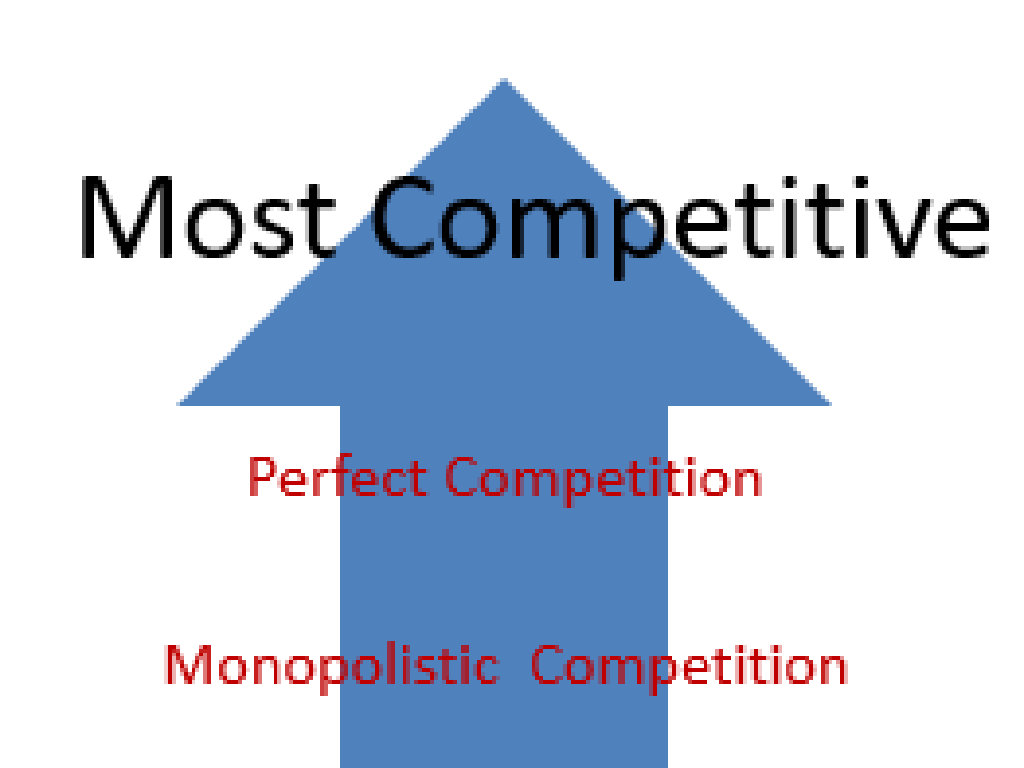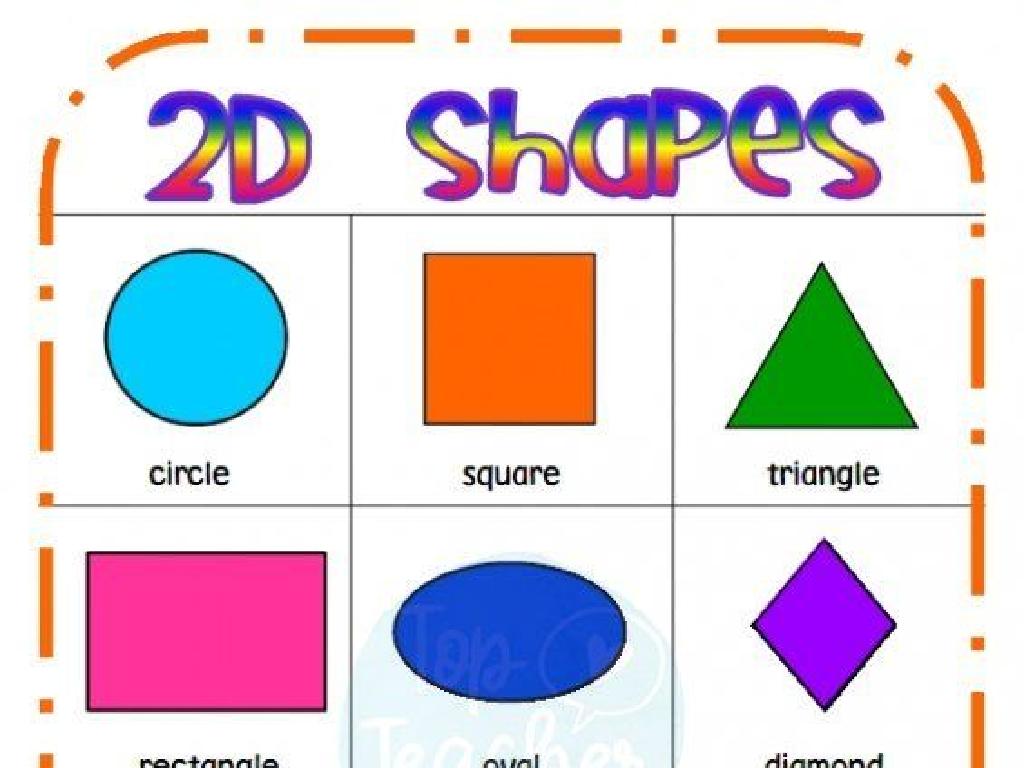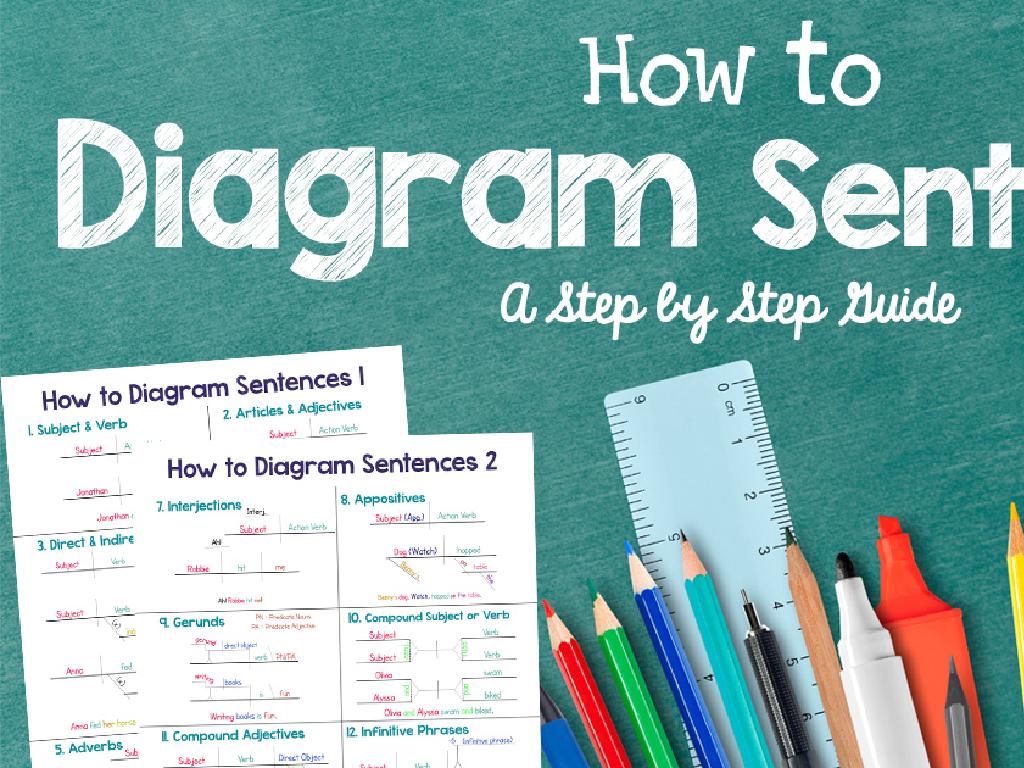Read About Famous People
Subject: Language arts
Grade: Fifth grade
Topic: Informational Texts: Level 2
Please LOG IN to download the presentation. Access is available to registered users only.
View More Content
Exploring Informational Texts on Famous People
– Define Informational Texts
– Texts that provide facts about real-world topics.
– Purpose of reading about famous people
– To learn from their experiences and contributions.
– Differences from other writings
– Focused on facts and data, not a story or opinion.
– Enhancing our knowledge
|
This slide introduces students to the concept of informational texts, which are written to inform or explain a topic to the reader. The purpose of reading about famous people is to gain insights into their lives, understand their contributions to society, and learn from their experiences. Unlike narratives or opinion pieces, informational texts are fact-based and often structured with headings, subheadings, and factual details to help the reader comprehend the subject. By exploring the lives of notable individuals through informational texts, students can expand their knowledge and find inspiration in the achievements of others. Encourage students to think about what they can learn from reading about the lives of famous people and how this can apply to their own lives.
Exploring the Lives of Famous People
– What does ‘famous’ mean?
– Known by many people for their achievements
– Examples from various fields
– Scientists like Marie Curie, athletes like Serena Williams, leaders like Abraham Lincoln
– Reasons to study their lives
– To learn from their experiences and be inspired
– Impact of their contributions
– Their work shapes our world and history
|
This slide introduces students to the concept of fame and why certain individuals are recognized as famous people. It’s important to convey that fame is often the result of significant achievements or contributions in various fields such as science, sports, and leadership. By reading about the lives of these individuals, students can gain insight into different pathways to success, learn from the challenges these figures faced, and understand the lasting impact of their work on society. Encourage students to think about what qualities make someone worth remembering and how these stories can influence their own aspirations.
Exploring Features of Informational Texts
– Identify headings and subheadings
– Headings guide us on what a section is about, subheadings give more detail.
– Understand glossaries and indexes
– Glossaries define words, indexes help us find information quickly.
– Recognize text evidence for facts
– Look for sentences that prove what the text says is true.
– Practice finding these features
|
This slide aims to familiarize students with the common features of informational texts about famous people. Headings and subheadings organize the text and make it easier to understand the main points. Glossaries and indexes are tools to help readers define unfamiliar terms and locate information. Text evidence is crucial for verifying the facts presented about famous individuals. Encourage students to actively look for these features while reading and to use them as a way to better comprehend and navigate through informational texts. In the next class, students can practice by bringing in a book about a famous person and identifying these features.
Reading Strategies: Exploring Famous People
– Practice skimming and scanning
– Quickly read to get the gist of the text about a famous person
– Make connections with the text
– Relate the person’s experiences to your own life or other knowledge
– Ask questions during reading
– Be curious! Who? What? When? Where? Why?
– Understand main ideas
|
This slide aims to equip students with effective reading strategies tailored for informational texts about famous individuals. Skimming and scanning help students identify key information without reading every word. Encourage them to look for names, dates, and important events that stand out. Making connections to the text allows students to relate the content to their own experiences or prior knowledge, which aids in comprehension and retention. Prompting students to ask questions while reading fosters engagement and critical thinking. They should consider the five Ws (who, what, when, where, why) to deepen their understanding. Lastly, emphasize the importance of grasping the main ideas to summarize the text’s essence. These strategies will be practiced with biographical texts, enhancing students’ ability to extract and comprehend significant details about the lives of notable figures.
Exploring the Life of a Famous Person
– Introduction to a famous individual
– Learn about their background and what they’re known for
– Early life and major achievements
– Discover the challenges they faced and their successes
– Their impact on the world
– How they’ve influenced society or a field of work
– Read and discuss selected excerpts
|
This slide introduces students to the biography of a notable figure, aiming to inspire and educate them about the person’s life journey. Start by providing a brief overview of the individual’s background and what they are renowned for. Discuss their early life, including any formative experiences that shaped their path to success. Highlight their key achievements and the lasting impact they’ve had on the world or their specific field. Choose engaging excerpts from their biography to read aloud together, fostering a discussion on how context can provide insight into their character and legacy. Encourage students to reflect on what they can learn from this person’s life and how it might apply to their own aspirations.
Analyzing Informational Texts About Famous People
– Find the main idea and details
– What’s the text mainly about? Look for key details that support this.
– Understand the author’s purpose
– Why did the author write this? To inform, entertain, persuade, or explain?
– Check the source’s credibility
– Is the information trustworthy? Consider where it comes from.
– Reflect on what you’ve learned
|
This slide aims to guide students through the process of analyzing informational texts about famous individuals. Start by identifying the main idea, which is the central point the author wants to convey. Then, look for supporting details that back up the main idea. Discuss the author’s purpose, which could be to inform readers about the person’s life, to entertain with interesting anecdotes, to persuade the reader to think a certain way about the person, or to explain their significance. Lastly, teach students to evaluate the credibility of the source by checking the author’s credentials, the publication’s reputation, and cross-referencing facts. Encourage students to think critically about the information they read and to reflect on how their understanding of the famous person has deepened.
Class Activity: Create Your Informational Poster
– Pick a famous person you admire
– Research their life and achievements
– Design an informational poster
– Use pictures, timelines, and fun facts
– Include text features from today’s lesson
– Headings, captions, and bullet points
|
This activity is designed to consolidate the students’ understanding of text features in informational texts by applying them creatively. Students should choose a famous person that interests them, which will make the research process more engaging. Encourage them to look for important dates, key accomplishments, and interesting anecdotes about their chosen figure. The poster should be a visual representation of their learning, incorporating text features such as headings, subheadings, captions, bullet points, and diagrams. Provide materials for the poster creation and examples of text features. Possible activities for different students could include creating a timeline of the person’s life, writing a short biography, or illustrating significant events with captions.
Reflecting on Famous Figures
– Recap on informational texts
– Present our interesting finds
– Share the posters you created about famous individuals
– Discuss reading’s importance
– Why is it valuable to learn about notable people in history?
– Reflect on learning outcomes
|
As we conclude our unit on informational texts, it’s important to reflect on what we’ve learned. Begin by summarizing the key features of informational texts and their purpose. Students will then have the opportunity to present their posters on famous individuals, highlighting what they found most interesting. Facilitate a class discussion on why it’s important to read about famous people, touching on how it can inspire us, teach us lessons from history, and help us understand the world better. Encourage students to think about how what they’ve learned can be applied to their own lives. This reflection will help solidify their understanding and appreciation for the subject matter.






